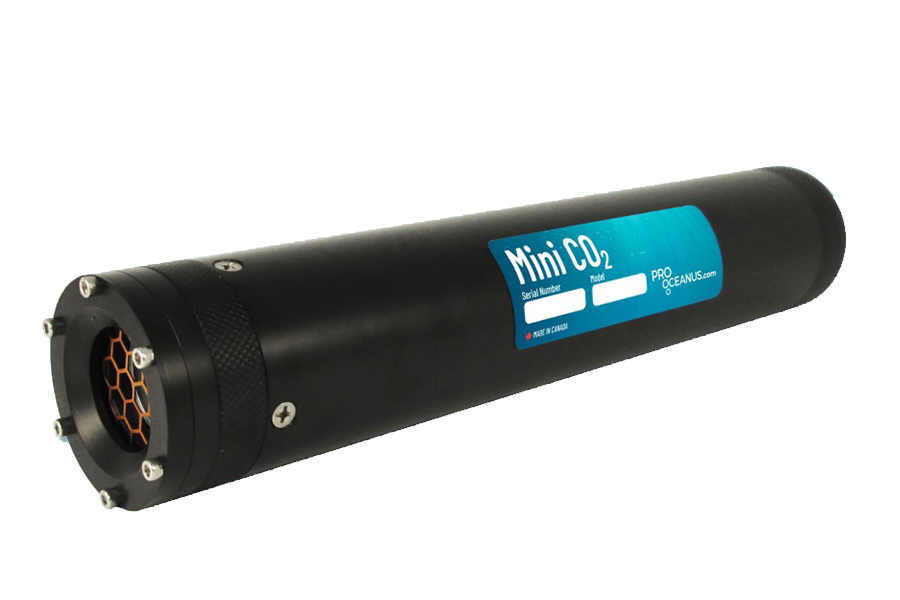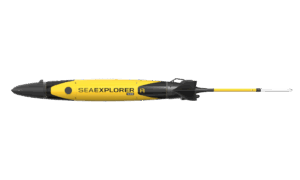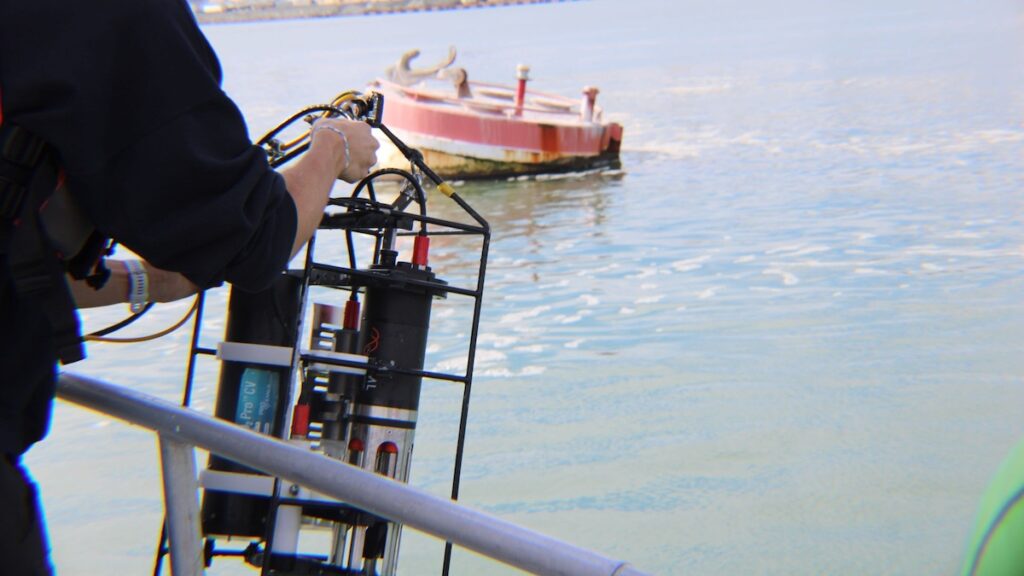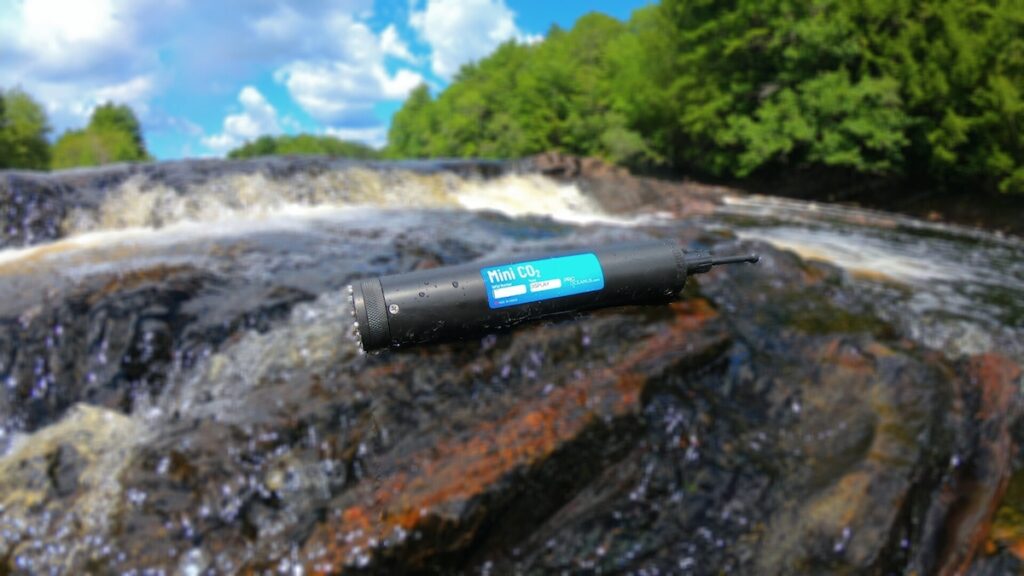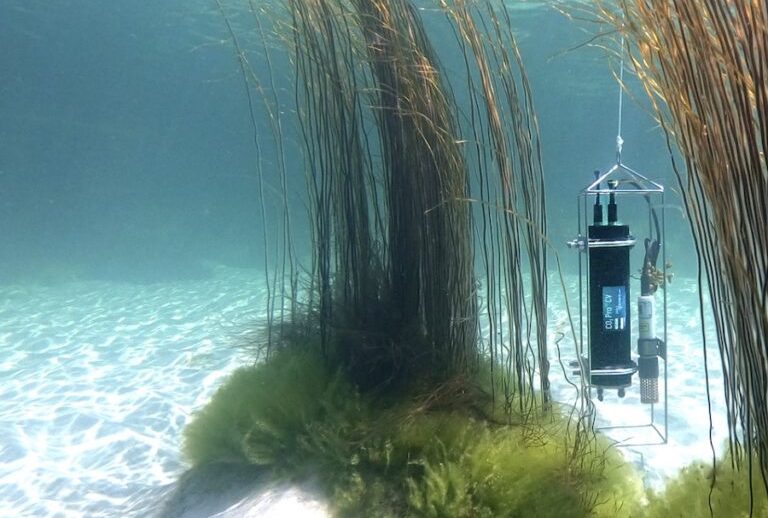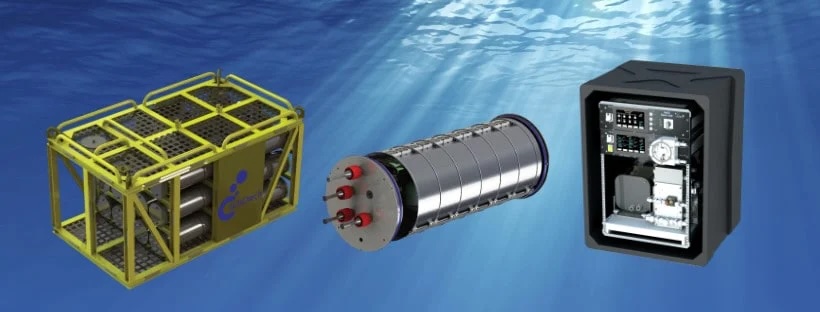Suppliers
Add your company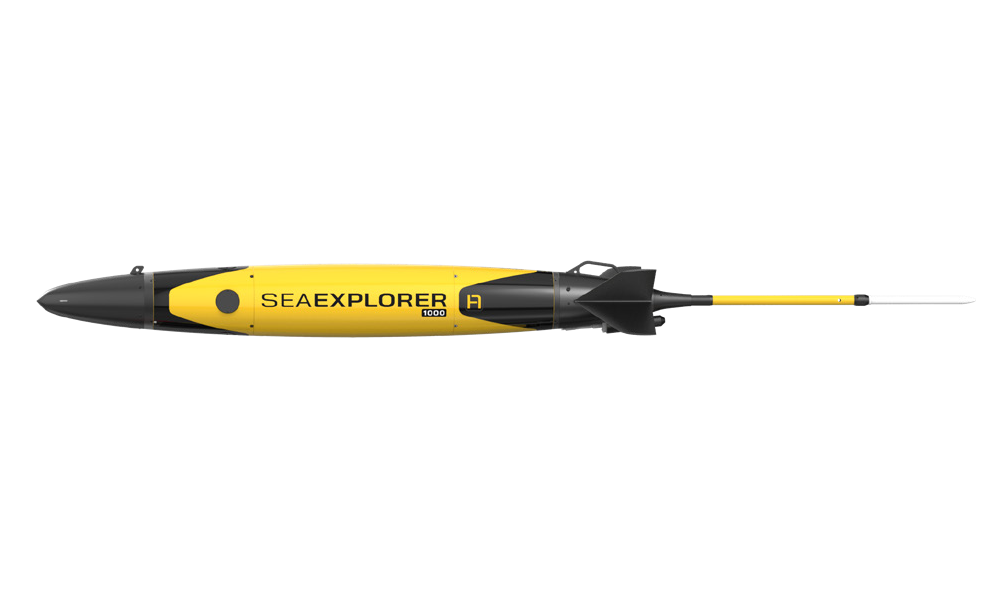
High-Tech Autonomous Underwater Gliders, Subsea Buoyancy Modules, and Oceanographic Survey Services
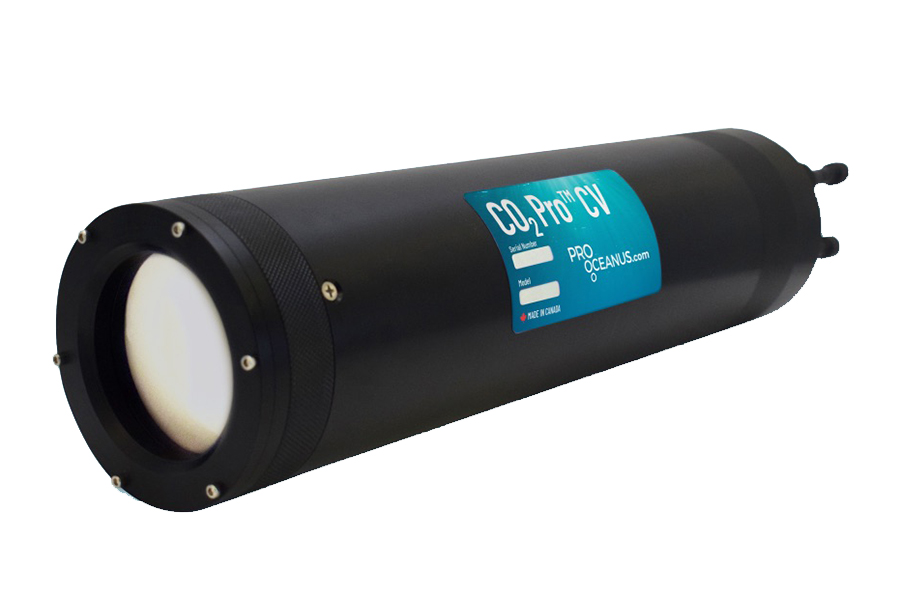
High-Accuracy Dissolved Gas Sensors for Oceanography, Environmental Monitoring, and Oil & Gas Applications

Marine Monitoring Systems for Surface & Underwater Vessels | Advanced Power Solutions for Subsea Vehicles
If you design, build or supply Greenhouse Gas Monitoring, create a profile to showcase your capabilities on this page
Products
Greenhouse Gas and Dissolved Gas Monitoring Systems
Greenhouse gas monitoring technologies enable precise measurement of gases such as carbon dioxide, methane, and nitrous oxide in both dissolved and gaseous forms, providing essential data for carbon cycle modeling, pollution tracking, and environmental assessment. Integrated with subsea engineering platforms, these sensors support real-time analysis of gas concentrations across diverse marine settings.
Overview of Marine Greenhouse Gas Monitoring
Greenhouse gas monitoring in ocean and subsea environments involves deploying advanced sensing systems capable of operating under high pressure, variable salinity, and low-light conditions. These technologies are designed to measure dissolved and free gases in seawater and sediment layers, offering insight into biogeochemical processes and anthropogenic impacts.
Systems are often based on electrochemical, infrared (IR), or non-dispersive infrared (NDIR) detection principles, with configurations tailored for research vessels, moorings, autonomous underwater vehicles (AUVs), and remotely operated vehicles (ROVs). Modular sensor housings and optical cells ensure long-term reliability, while calibration units maintain accuracy in extended deployments.
Greenhouse Gas Monitoring Applications and Use Cases
Ocean Sciences
Greenhouse gas monitoring supports global research programs investigating oceanic carbon uptake, methane fluxes, and water column gas exchange. Dissolved CO₂ sensors are essential in studying acidification trends and carbon sequestration in marine ecosystems. Oceanographic research vessels use these instruments to map CO₂ variability and assess regional contributions to global greenhouse gas inventories.
Industrial and Environmental Monitoring
In offshore energy and subsea infrastructure operations, gas sensors detect emissions and leaks from pipelines, subsea wells, and industrial installations. Real-time CO₂ and CH₄ monitoring enhances environmental compliance and safety while supporting industrial process optimization. Aquaculture monitoring systems integrate dissolved gas sensors to manage oxygenation and detect harmful emissions affecting aquatic life and water quality.
Defense and Security Applications
Defense programs utilize underwater greenhouse gas monitoring systems to assess environmental baselines, detect industrial discharges, and support subsea surveillance. Gas detection sensors are integrated into autonomous platforms for long-range environmental reconnaissance, helping defense agencies manage the ecological impact of operations and maintain situational awareness in sensitive marine regions.
Types of Greenhouse Gas Sensors
- Dissolved CO₂ Sensors – Measure carbon dioxide concentration in seawater using optical or electrochemical detection methods.
- Methane Sensors – Detect dissolved and free methane gas for flux measurement and leak detection in subsea environments.
- Electrochemical Gas Sensors – Compact designs for integration in multi-parameter probes and environmental monitoring packages.
- NDIR CO₂ Sensors – Non-dispersive infrared detectors providing high-accuracy measurement with minimal maintenance.
- Optical Gas Sensors – Utilize infrared absorption through optical windows and cells to quantify CO₂ and CH₄ with high stability.
These sensors often incorporate data loggers, pressure and temperature sensors, and telemetry systems for remote data acquisition and transmission to shore-based or vessel-based platforms.
Key Components and Supporting Systems
A complete marine greenhouse gas monitoring solution typically includes:
- Sensor Heads and Housings: Pressure-tolerant enclosures for long-term subsea use
- Data Loggers and Telemetry Systems: For real-time data transmission and archival logging
- Power Modules and Controllers: Provide a stable energy supply to subsea sensors and analyzers
- Calibration Units: Ensure measurement integrity under varying pressure and temperature conditions
- Flow Control and Optical Systems: Manage sample exposure to sensors for consistent readings
- Underwater Connectors and Interfaces: Enable integration with AUV, ROV, or fixed observatory networks
Comparisons and Technology Selection
Selecting the appropriate monitoring system depends on target gases, depth rating, and application.
- Infrared sensors deliver high accuracy for CO₂ and CH₄ detection but require optical cleaning and calibration.
- Electrochemical systems are cost-efficient and compact, suitable for multi-parameter probes in shallow deployments.
- NDIR analyzers offer laboratory-grade precision for long-term observatory use.
Integration with existing ocean observing frameworks enhances data continuity, supporting cross-disciplinary climate and environmental analysis.
Standards and Calibration Practices
Marine greenhouse gas monitoring systems often conform to international and regional standards to ensure data consistency and interoperability:
- ISO 25197: Electronic equipment for marine data communication
- IEC 60529: Enclosure protection ratings (IP codes) for underwater electronics
- ASTM D1945 / D1946: Standard practices for gas analysis
- OCEANS/GOOS Protocols: Best practices for ocean observation data quality and calibration
Regular calibration using certified gas mixtures or onboard calibration units maintains accuracy under dynamic environmental conditions.
Integration with Ocean Observing Systems
Modern oceanographic research relies on networked sensing nodes that transmit greenhouse gas data through cabled observatories, telemetry buoys, and autonomous platforms. These systems contribute to long-term datasets supporting climate modeling, carbon flux analysis, and ecosystem management. Integration with temperature, pressure, and salinity sensors (CTD) enhances contextual understanding of gas concentration trends and their correlation with ocean dynamics.
Future Trends
Advances in miniaturization, power efficiency, and sensor sensitivity are enabling more comprehensive, long-duration greenhouse gas monitoring across ocean basins. Machine learning and edge computing now allow in situ data analysis, reducing latency and enhancing decision-making for environmental and industrial operations. Improved optical materials, gas-permeable membranes, and subsea communication interfaces continue to expand the capabilities of marine gas detection networks.










